Elton Mwangi • December 25, 2023
Reference-Based Pricing Is Reducing Healthcare Prices For Business Owners


According to AHA, while hospital prices are growing at an average of 2.1% annually, health insurance premiums are growing much faster, about twice the average annual increase of hospital prices. So, if you're like most business owners, you're probably grappling with the ever-rising healthcare costs that seem to be spiraling out of control.
But what if we told you there's a game-changing strategy redefining healthcare as we know it? Enter Reference Based Pricing (RBP), a concept that's not just a buzzword but a revolutionary approach to healthcare affordability.
What is it, and How does Reference Based Pricing Work?
Simply put, RBP is a transformative approach that sets payment caps on healthcare services based on a reference point, usually the Medicare rate. This innovative model redefines healthcare costs by making them more transparent and, most importantly, affordable.
There are three key players in this new landscape: healthcare providers, insurers, and patients. Healthcare providers offer medical services, insurers negotiate and pay up to the capped amount, and patients are responsible for any balance remaining.
This triad creates a more transparent ecosystem where everyone knows the game's rules upfront. That is why understanding and adopting reference based pricing can be a game-changer for business owners.
It offers a viable solution to control expenses while still providing quality healthcare options. For insurance brokers and companies, this could mean more competitive pricing models and increased customer satisfaction, which is a win-win for employers, too.
How Reference Based Pricing is Changing Healthcare
Unlike traditional models, reference based pricing sets a cap on how much will be paid for a particular service, usually based on what Medicare or another benchmark would pay for the same service.
By setting these caps, Reference based pricing aims to make healthcare costs more manageable and understandable for everyone involved, from patients to providers to insurers. This brings transparency and predictability that's been sorely lacking in the healthcare industry.
One of the most significant ways reference based pricing changes healthcare is by controlling and reducing costs. Healthcare systems that have adopted this pricing model have seen an average reduction of 20% in overall healthcare costs.
This is a monumental shift considering the ever-rising healthcare expenses burdening employers and patients for years. One notable example is the California Public Employees' Retirement System (CalPERS), which adopted reference based pricing for hip and knee replacement surgeries.
The result? A remarkable 30% reduction in costs for these procedures, without compromising the quality of care. This case demonstrates that even large, public-sector healthcare systems can benefit from adopting this pricing model.
But it's not just about the numbers; it's about the people. Employers also appreciate the transparency in healthcare costs that make employees feel more empowered to make informed decisions about their care.
This has led to increased employee satisfaction and a greater sense of control over their healthcare decisions. So you see, reference based pricing is a practical solution already delivering tangible benefits across organizations.
So why should Employers Consider this Model?
While there are reference based pricing pros and cons to consider, the benefits are lucrative for employers.
• First, it offers a viable solution to control escalating healthcare costs, a significant concern for any business.
• Second, it enhances employee satisfaction by providing a more transparent and predictable healthcare pricing model, which can be valuable in employee retention and recruitment.
In a nutshell, reference based pricing offers a win-win scenario for employers, delivering both cost savings and increased employee satisfaction. Its growing adoption rates underscore its effectiveness and potential as a transformative healthcare pricing model.
Think about it: Healthcare costs are a significant burden for employers, often ranking as one of the most substantial operational expenses. Reference based pricing allows employers to set a cap on healthcare costs, which helps control expenditures without compromising the quality of care provided to employees.
Reference based pricing also provides transparency by clarifying how much a particular medical service will cost. This can lead to higher employee satisfaction rates, positively impacting retention and recruitment efforts.
Let's not forget that offering a healthcare plan that is both cost-effective and transparent can give a company a significant competitive advantage. It can make the employer more attractive to prospective employees while lowering staff turnover rates.
And the growing regulatory support for reference based pricing, especially in states like California, makes it easier for employers to adopt this model without worrying about legal complications.
So, by adopting Reference based pricing, employers in the insurance sector can achieve cost savings, improve employee satisfaction, and gain a competitive edge, all while aligning with current trends and regulations in healthcare pricing.
Besides, integrating Artificial Intelligence (AI) and machine learning into healthcare analytics is expected to make reference based pricing even more precise and efficient. These technologies can help set more accurate pricing caps and predict healthcare utilization, further optimizing costs.
Additionally, consumer-driven healthcare is a rising trend, and reference based pricing fits perfectly into this paradigm. As consumers become more educated and demand more transparency in healthcare costs, adopting reference based pricing will likely accelerate.
Here is a summary of reference based pricing pros and cons to keep in mind:
Benefits of reference based pricing for employers:
- Cost Savings for Patients and Employers: Companies that switch to reference based pricing see a reduction in their healthcare costs within the first year. Employees also report lower out-of-pocket expenses, making healthcare more accessible and affordable for everyone involved.
- Increased Transparency in Healthcare Pricing: With reference based pricing, patients, employers, and insurers know the cost of medical services upfront. This level of transparency is unprecedented in traditional healthcare pricing models, where costs are often hidden or confusingly presented.
- Potential for Better Quality of Care: Does this cost-cutting affect the quality of care? Interestingly, no. Reference based pricing encourages healthcare providers to offer high-quality services at competitive prices. When providers know they must stay within a particular cost framework, it incentivizes them to optimize their services, potentially improving the quality of care.
The potential downsides employers might face:
- Limited Provider Networks: Not all healthcare providers accept reference based pricing, so employers may find their choices restricted. This could mean traveling further for care or not having access to a preferred specialist, which can be particularly problematic for those with specialized medical needs.
- Upfront Costs: While reference based pricing aims to make healthcare more affordable in the long run, there may be instances where patients are required to pay the balance if the healthcare provider's charges exceed the set cap. This could result in unexpected out-of-pocket expenses, negating some cost-saving benefits.
- Criticisms from Healthcare Providers: Healthcare providers have also raised concerns, arguing that the capped rates may not adequately cover the cost of high-quality care. Some experts worry this could decline the service quality, as providers may cut corners to stay within the pricing limits.
You can also get some reference based pricing answers from our FAQs for business here.
Conclusion: Let's face it: Healthcare in the USA is Expensive and Worsening.
Reference based pricing is emerging as a viable solution to this crisis. But how does reference based pricing work? It's a model that caps healthcare costs based on a reference point, often Medicare rates, bringing much-needed transparency and fairness to the healthcare landscape.
Still, its impact is more important. This means that the role of top reference based pricing companies and their vendors cannot be ignored. Nevertheless, patients, providers, insurers, and reference based pricing vendors all play a vital role in harmonizing a future where healthcare is not just a service but a right, accessible, and fair for all. And reference based pricing is the key.
So, if you need any help adopting reference based pricing for your business, talk to us, Zupnick & Associates.


